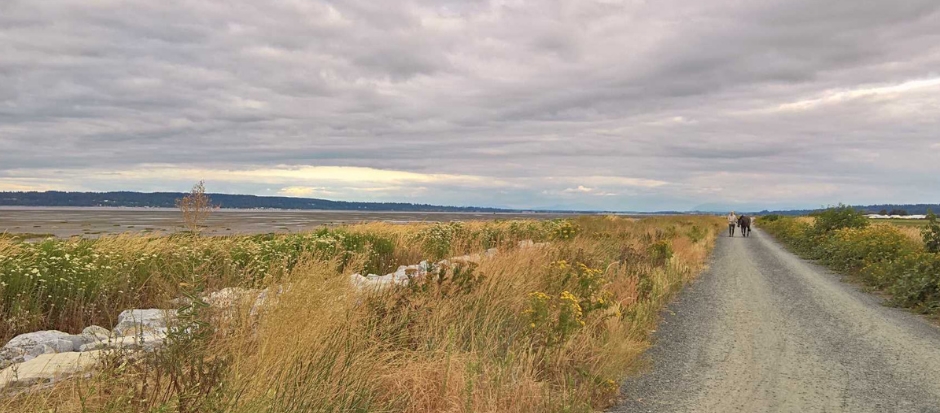I. Why Horses Seem to Ignore Our Boundaries at Liberty
Have you ever wondered why horses don’t always respect our boundaries when we’re together at liberty? The answer lies in a complex interplay of communication – and emotional factors that often go unnoticed. Let’s delve into the key reasons behind this behavior:
Communication Problems: It could be a matter of miscommunication between horses and humans. Reasons include:
- Overlooking or failing to respond to the horse’s contact requests.
- Incorrect signals, such as playfully touching the head, inadvertently trigger playful behavior – mainly seen in young geldings or stallions.
- Unclear or delayed signals leave the horse confused about our intentions.
Emotional and Relationship Challenges: The issue might stem from the emotional connection and dynamics between horses and humans. Factors include:
- Timely and correct signals are conveyed through body language, but are not authentic (e.g. signaling the horse to move away while actually being happy that it came and showed interest), leading the horse to respond to our energy instead.
- Not communicating our boundaries early on and authentically can even become dangerous with experienced and strong-willed horses, as they may to try to drive us instead, as not being confident, clear and assertive enough will tell the horse that we’re young and inexperienced and they will then not follow our suggestions.
It could also come from the horse’s side: Sometimes, the horse’s character or age contributes to the boundary issues due to various reasons:
- Young horses being overconfident and pushing boundaries. This is especially true for ‘fire’ horses.
- Defensive behavior resulting from past experiences where boundaries were disregarded, causing the horse to communicate primarily through force.
- Assuming herd leadership and protecting another horse from being separated.
- Lack of boundary awareness due to extended periods of stabling or unethical training practices.
II. Boundary Challenges while Leading
Do you sometimes have difficulties with horses respecting your boundaries while leading it (or even following your lead)? Here are several reasons why that may be:
- Separation Anxiety: The horse may not perceive you as part of its herd and attempts to return to the herd, disregarding your attempts to set boundaries in an almost ‘panic mode’.
- Seeing you as a ‘Replacement’ Stallion: The horse accepts you as a herd leader and is just trying to make suggestions (e.g. a very experienced mare).
- Strong Character and Lack of Clear Leadership: When the horse doesn’t perceive us as strong leaders due to incorrect or unclear signals, they may try to take charge themselves, resulting in pulling or attempting to escape. In such cases, they may assume that we are following their lead, leading to potential physical encounters if we don’t react swiftly.
- Insecurity or Inexperience: Horses with uncertain personalities (e.g. Water or Fire types) or inexperienced horses may not have yet accepted us as as having the leadership role, especially if our signals are unclear or inconsistent.
- Trauma and Hyperfocus: The horse is traumatized, feels helpless and has stopped thinking or trying to find solutions itself, and is fully focused on the person. It walks closely behind us and jumps into us when frightened. Often, when we then start to work more with energy and body language, the horse no longer responds to these finer cues as it has learned that listening to our body can lead to punishment.
III. Practical Steps to Foster Effective Communication and Build a Strong Relationship
When we’re together at liberty, we need to use natural horse language (which is very different from what we are taught it is) and adapt it to the relationship level and situation, avoid misunderstandings, and learn to accept a no, since the horse is supposed to be our partner, of course within an appropriate framework. When we communicate, we have to be careful to signal towards appropriate communication zones, to pay attention to our positions towards the horse, and, of course, to use acoustic signals, e.g. talking or snapping.
Communication at the halter is a bit more complicated, but when we lead the horse, the main communication zone is the eye. It is also important not to touch the horse on the head or even block it, as this does not happen in nature either. But we can use our body very well, for example, the hip, to slow the horse down.
But if it is an emotional theme, for example, the horse is aggressive, fearful, sad, or shut down, or we as humans are aggressive, insecure, sad, or not present in what we are doing, then we may have to go a little deeper and grow together with the horse in the challenges. Questions we might ask ourselves then could be: when, how, and why did my horse come to me, what did I find appealing? Was the problem there from the beginning, so is it ‘also’ a problem of the horse? Does it show me the same or the opposite? Sometimes, if the horse is severely traumatized, it is a good idea to leave the horse alone for a while, so that it can just be a horse, or we can have ‘open’ conversations in the arena or on a walk, to build the relationship completely new and to help the horse to step into its full strength. So in short, if it is a relationship problem, then it’s time for personal development…

Recent Comments